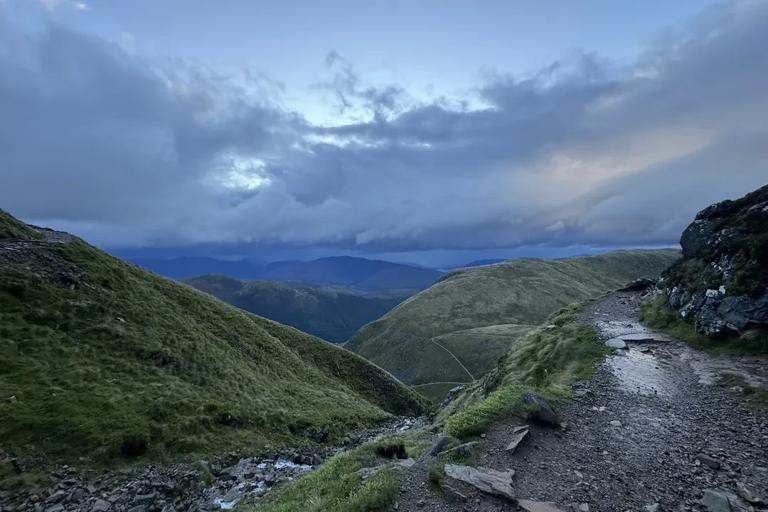Adventure tourism in the Scottish Highlands is experiencing steady growth as travellers increasingly seek outdoor experiences that balance excitement with environmental responsibility. Local operators report rising demand for hiking routes, guided wildlife tours and low-impact activities that highlight the region’s natural beauty without putting additional strain on fragile landscapes. Visitors are drawn to the wide-open scenery, clean air and sense of remoteness that define the Highlands, particularly as interest in nature-based travel continues to grow across the UK.
Many tour providers have introduced sustainability-focused practices to align with changing traveller expectations. These include limiting group sizes, using eco-friendly accommodation partners and educating participants on responsible trail etiquette. By Henry Crosswell ·
New infrastructure projects have supported the rise in sustainable adventure tourism. Several rural communities have invested in enhanced wayfinding signage, upgraded footpaths and improved transport connections to key trailheads. These initiatives aim to balance the needs of visitors with those of local residents, ensuring that growth in tourism does not overwhelm small villages or compromise access for those living and working in the region.
Local businesses—from family-run inns to outdoor equipment retailers—have welcomed the increased interest, noting that year-round tourism helps stabilise income and create employment opportunities. Many establishments now offer specialised services such as secure bike storage, gear-drying facilities and locally sourced meals tailored to hikers and climbers. Operators argue that these small but thoughtful additions play an important role in supporting a more sustainable tourism model.
Looking ahead, regional planners are emphasising collaboration between conservation bodies, community groups and tourism providers. The goal is to create long-term strategies that maintain the Highlands’ appeal while safeguarding sensitive habitats. For visitors, the region’s rising popularity serves as a reminder that sustainable adventure is not just about exploring dramatic landscapes, but also about ensuring that those landscapes remain protected for generations to come.
